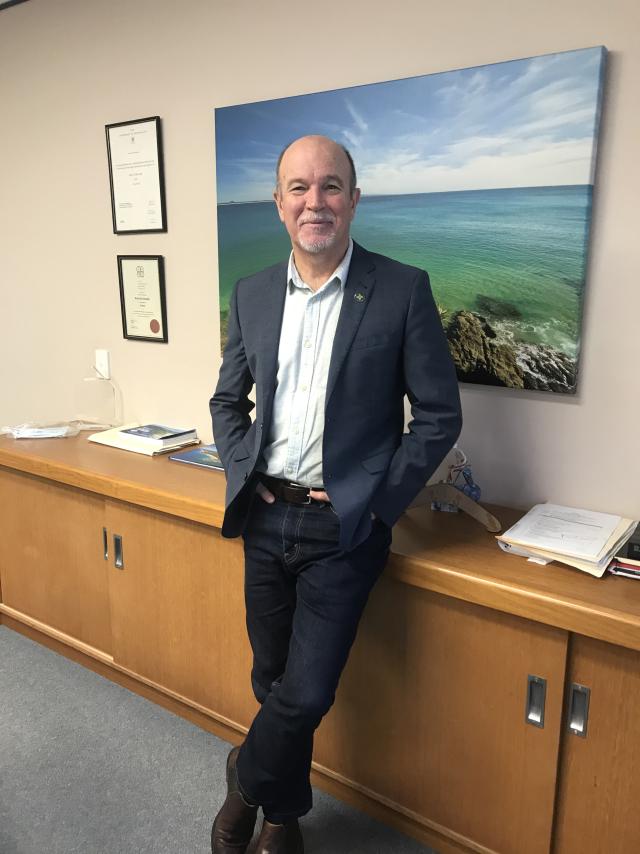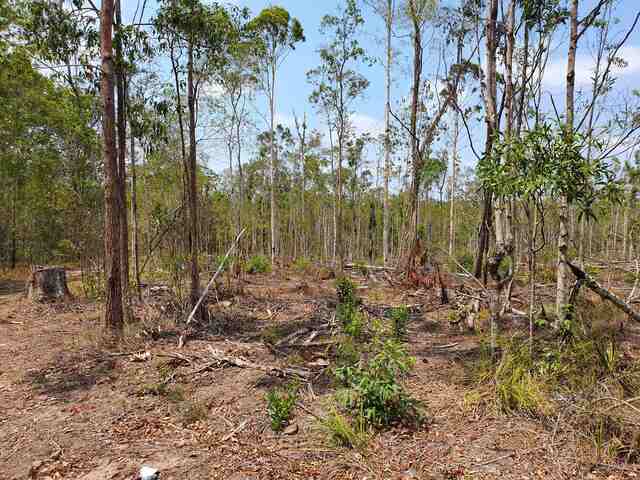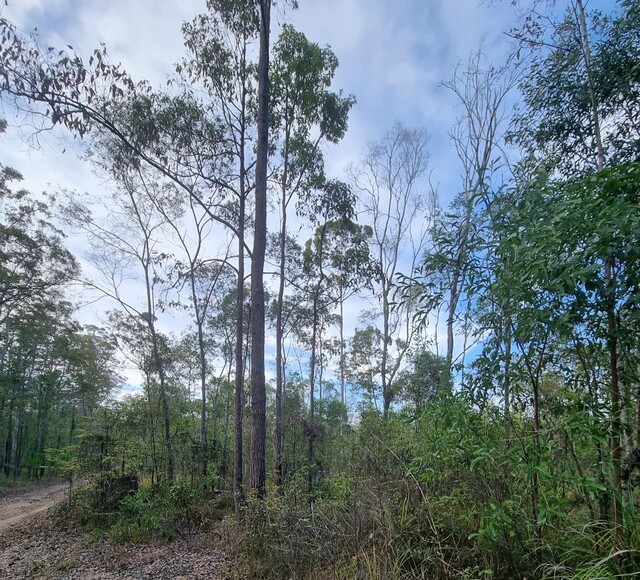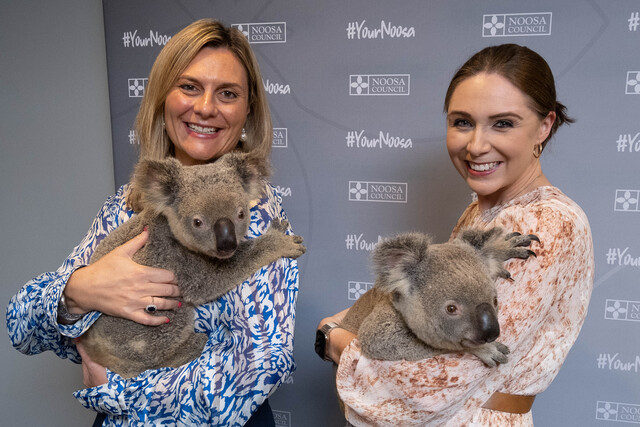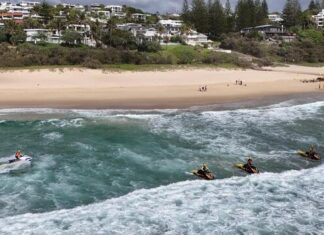The Yurol Ringtail conservation project is one of the most significant environmental projects ever undertaken in Noosa. While complex in terms of its arrangements, it will result in approximately 2400 hectares of land being transferred into National Park, protecting it for future generations.
It is opportune to tell the story now, as June 2024 is a milestone date in this project. The transition committee which has been overseeing this project for five years has completed its role and the process for all of the land to become National Park tenure will be completed by the end of August.
The problems
In the context of conserving land for environmental purposes in the Noosa Shire, the problems to be solved were:
• Scale – for a range of reasons, including cost and the availability of relevant-size
parcels of land, many conservation efforts are hampered by a lack of scale. Acquisitions
are often made on a piecemeal basis and the multiple ownership of different parcels of land make it difficult to piece together a conservation project at scale. This is especially the case in South East Queensland where most land has already been subdivided and developed.
• Connectivity – conservation estates work best when they are connected to other
conservation estates. On a regional perspective, the broader Noosa National Park needs
to be connected to the Cooloola National Park to create connectivity for wildlife corridors.
• Cost – land in the Noosa region is some of the most expensive land outside of the SEQ inner urban areas. This means that acquisition costs can be prohibitive to establish conservation estates of any scale. How is it possible to do so without breaking the bank?
• Holding the line – traditionally, acquiring and protecting land for environmental purposes
has focused on “saving” parcels of land which still have high environmental values and
have not been developed. This approach endeavours to “hold the line”. However, it does not address the opportunity to “push back” and restore land which has been cleared and used for other purposes.
Origins
For over 60 years, Noosa Parks Association (NPA) has worked to link Noosa National Park and Cooloola National Park estate, connecting Tin Can Bay in the north to Coolum in the south. In 1962, when NPA was formed, Noosa Shire was home to only one of two national parks on the Sunshine Coast, and it was only 240 hectares in size. By 2015, the protected areas in the Noosa and Cooloola areas were nearing 90,000 hectares in total.
In 2011, following lobbying by NPA, the 2500-hectare Tewantin State Forest was converted
to the Tewantin National Park. The missing link to achieve the long-term vision was the 2400 hectares of Ringtail and Yurol State Forests.
Just over half of Ringtail and Yurol State Forests was under long-term licence agreements granted by the State to privately owned HQPlantations (HQP). These were largely allocated to the growing of softwood plantation pine trees. The rest was publicly-owned state forest, some of which was in remnant condition while other areas were under native hardwood plantation.
In 2015, NPA put out feelers to HQP to determine if they might consider selling their Ringtail and Yurol interests. By early 2017, Brian Farmer, CEO of HQP and Michael Gloster, then-president of NPA, had reached an “in principle” agreement based on a lump sum payout of $3.5 million. The planets had begun to align. HQP owned and operated pine plantations on Yurol State Forest and Ringtail State Forest under a 99-year plantation licence with the Queensland Government. HQP had a long-established commitment to ensuring the economic, environmental and social integrity of its plantation forests.
NPA laid the foundations for the Yurol Ringtail Conservation Project by holding a series of one-on-one meetings with key government agencies at director general and ministerial level, and with the then Noosa Council mayor and CEO. The relevant government agencies and the Council all indicated a willingness to enter more detailed negotiations to acquire HQP’s interest.
An initial meeting of the potential parties in Brisbane in April 2017 was the first time that all stakeholders realised that a multi-partner agreement might be forged, largely due to the prior work of NPA to get commitments on an individual stakeholder basis to work towards a common goal, which was to have all plantation timber harvested, and for that land to be revegetated with endemic species.
Complexity of stakeholders and land tenure
At this early stage of the project, there were six distinct stakeholders involved – three government departments (Agriculture and Fisheries, Parks and Wildlife, and Environment and Heritage Protection) a plantation forestry management company (HQP), a local council (Noosa) and a community based not-for-profit environment group (NPA).
All of them initially had different ideas about the project, but it is important to acknowledge the critical role of HQP in being willing to negotiate an outcome that was both commercially realistic and aligned with its sustainability and stewardship commitments. Their CEO at the time, Brian Farmer played a very important role in establishing a co-operative tone during the negotiations.
The complexity of the land holdings also brought challenges to the project, including:
• small areas of existing National Park (generally not connected to other National
Park areas)
• State Forest areas in a pristine state
• State Forest areas that had specifically been planted with hardwood species for future harvesting
• Plantation licence areas within State Forest areas managed by HQP, with 85 years remaining until expiry
Establishing a Memorandum of Understanding
After six months of discussion in late 2017 all parties signed a Memorandum of Understanding (MOU). This allowed them to move from looking at the issues from their own perspective to agreeing on joint outcomes.
Importantly, the MOU established a transition committee (chaired by the Noosa Council CEO) which would act as a clearing house and co-ordinating group for project management, and was also used to gain commitment at a political level prior to the 2017 State election.
The project in a nutshell
Following further negotiations, the parties entered into a series of formal contracts in September 2018:
• HQP would surrender its plantation licence interests in the Yurol Ringtail area in exchange for $3.5M in compensation. HQP would have five years to complete its final harvest of all commercial pine plantations in that area.
• The compensation for HQP was funded by DES (department in charge of Parks and Wildlife), Noosa Council and NPA on an equal share basis. NPA also had an agreement with Noosa Council to pay their one third share over a five-year period. All of those financial obligations have been met.
• Land parcels were be transferred into National Park over the next five years in a series of
tranches as forestry activities were completed.
• All of the parties agreed to work co-operatively via the transition committee to achieve the agreed outcomes.
• There was also a requirement for Noosa Council and NPA to fund remediation work in the harvested pine plantation areas for five years once the harvesting had been completed,
however, the agreement also recognised that Noosa Council and NPA could seek to find
other parties who would contribute funding for restoration and if that was to occur, the
Council and NPA could seek relief from their restoration obligations.
Making a good project even better
This project received a lot of attention when it was initiated, particularly in environmental circles, and hit the radar of Greenfleet CEO Wayne Wescott. Greenfleet is a longstanding Not-for-Profit organisation that delivers climate action for corporate and individual supporters. This funding is used to restore legally protected native forests and remediate land from an environmental perspective.
Greenfleet indicated that they were keen to be involved in this project and began several years of very patient negotiations with the State (primarily DES) and the Kabi Kabi Aboriginal Peoples Corporation to bring this to fruition. Greenfleet also entered discussions with Noosa Council and NPA as they needed to be parties to any variation to the previous agreement.
Ultimately, Greenfleet, DES, the Kabi Kabi Aboriginal Peoples Corporation, Council and NPA
agreed that:
• Greenfleet would assume restoration responsibilities for all of the Yurol Ringtail project
land that had been subject to harvesting – plantation and hardwood areas. On that basis, Council and NPA would not need to undertake any of their proposed restoration work.
• The State would grant Greenfleet the rights to carbon offsets they generated, enabling them to attract funding from those who wished to purchase those carbon credits.
• Greenfleet entered into an Indigenous Land Use Agreement with the Kabi Kabi in relation
to the subject land in September 2021. As part of that ILUA agreement, Greenfleet
agreed to provide job and training opportunities for the Kabi Kabi people and also
committed to undertake cultural surveys on the land.
• The Greenfleet involvement in this project would result in a significant increase in
restoration work than would otherwise have been achieved. The Greenfleet agreement covered restoration of the hardwood harvesting areas which were not previously subject to specific restoration works.
• Greenfleet also agreed to use the Noosa and District Landcare Group as its local partner to undertake tree planting activities.
The Environment Outcomes
At its heart, this is an environmental protection project. Studies undertaken in the initial assessment stage revealed there were 23 threatened species in this locality that were identified as endangered, ranging from the Richmond Birdwing Butterfly and Giant Barred Frog through to the iconic koala. Nine of those 23 threatened species were endemic to the SEQ Bioregion.
For astute political and marketing reasons, the koala became the signature species to be
Protected, with additional funding and support received due to it garnering more publicity. For example, the Body Shop philanthropic arm provided funding for tree planting, including koala-specific food trees. At those community tree planting days, the volunteers were much younger than usual. There were a lot of “selfies” taken with a koala at the community tree planting day.
By the end of this project, almost 2400 ha of land will be protected in perpetuity as National Park. This land will be preserved for future generations and create regional connectivity between the Cooloola National Park and the Noosa National Park. It will provide important habitat for the koala and 22 other threatened species across our region.
What next?
Greenfleet will be working with Noosa and District Landcare to complete their planting program over the next few years. This will see an additional 186,156 trees planted in addition to the 131,038 trees already planted. QPWS has also taken over responsibility for the land as National Park and will implement management practices including fire management in conjunction with Greenfleet. An Operations Co-ordination Group has been established between QPWS, Greenfleet and Landcare to assist in that process.
This project can also stand as an exemplar for other communities as to how stakeholders with very different constituencies and perspectives can successfully work together to achieve outcomes that benefit all parties.

